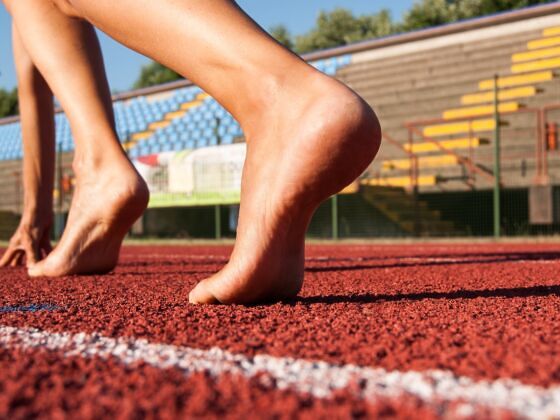A PAPER PUBLISHED last week in Nature suggests that runners who go barefoot might be less likely to suffer stress fractures and other common use injuries.
Researchers from Harvard, the University of Glasgow, and Moi University analyzed the gaits of both shod and barefoot runners in the US and Kenya. The study, which was partially funded by minimalist shoe company Vibram, found that most runners who wore sneakers used a “heel-striking” gait that subjected their legs to massive shocks, while barefoot runners naturally adjusted their stride to land on the front of the foot.
